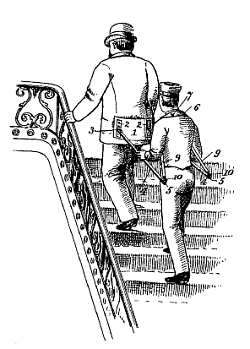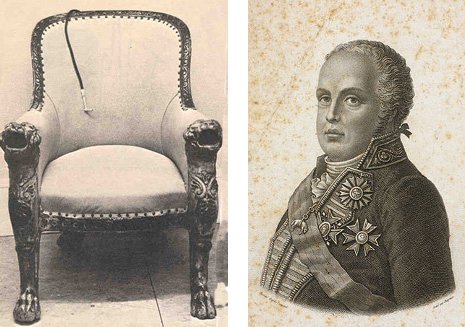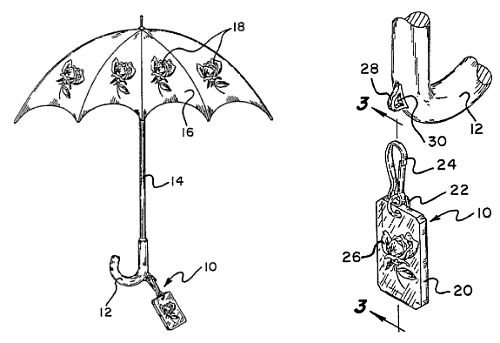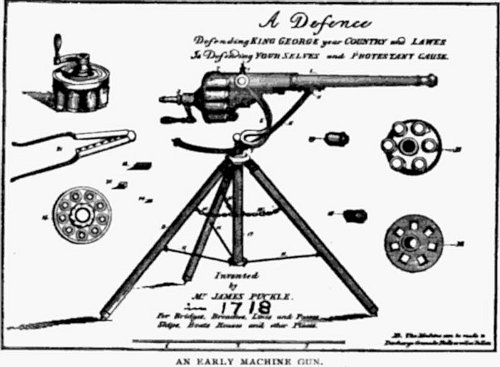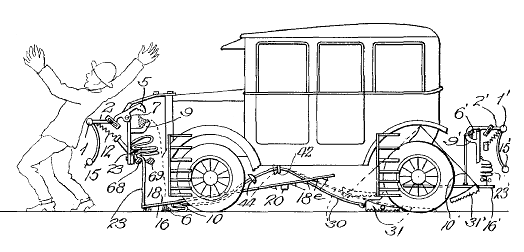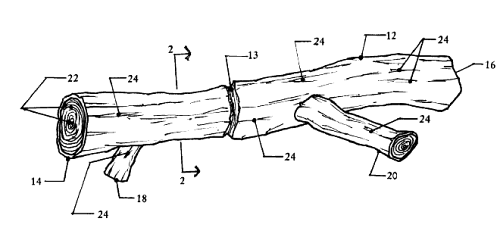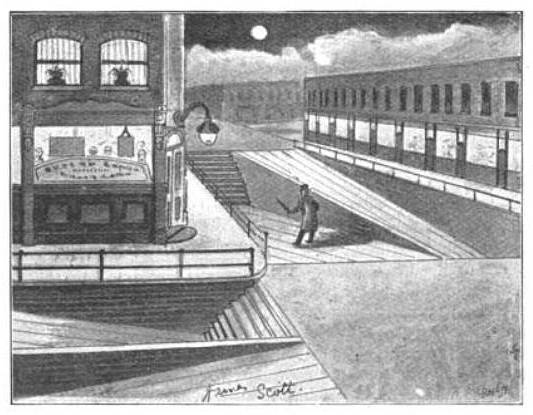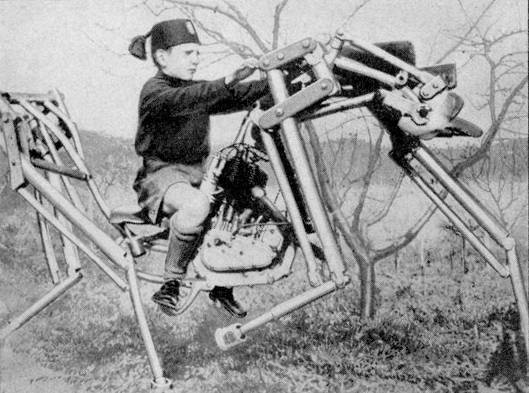
From Popular Science Monthly, April 1933: “A mechanical horse that trots and gallops on steel-pipe legs, under the impulse of a gasoline engine, is the recent product of an Italian inventor. With this horse, he declares, children may be trained to ride. The iron Dobbin is said to canter along a road or across a rough field with equal ease. Its design recalls the attempts of inventors, before the days of the automobile, to imitate nature and produce a mechanical steed capable of drawing a wagon.”
That kid might be happier in a cart.

